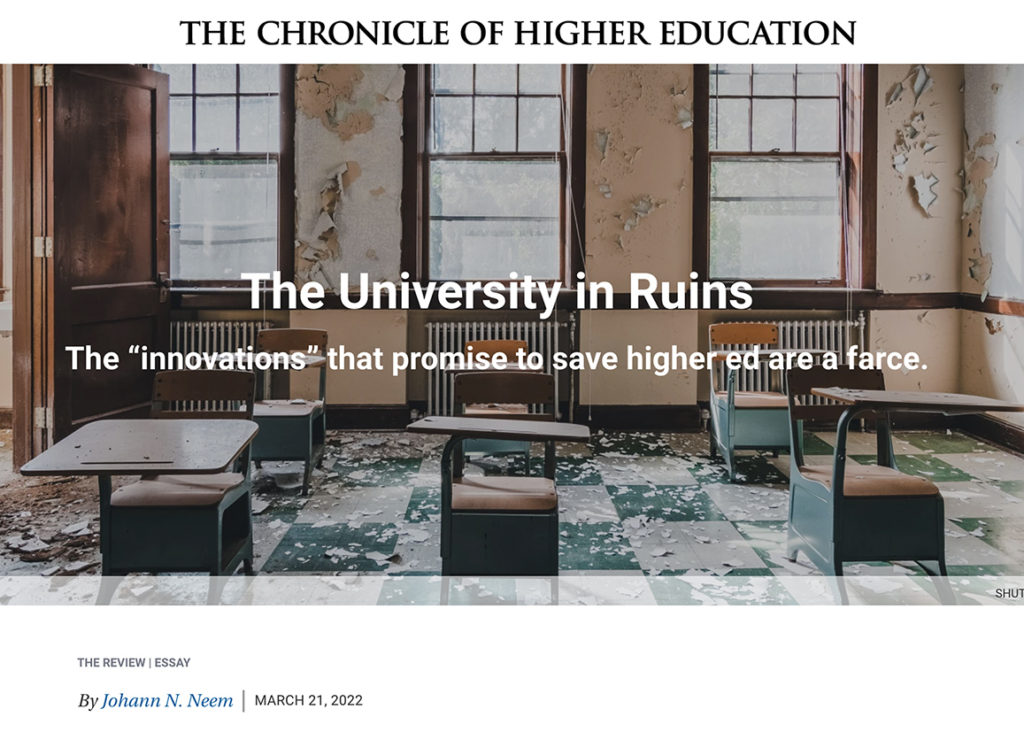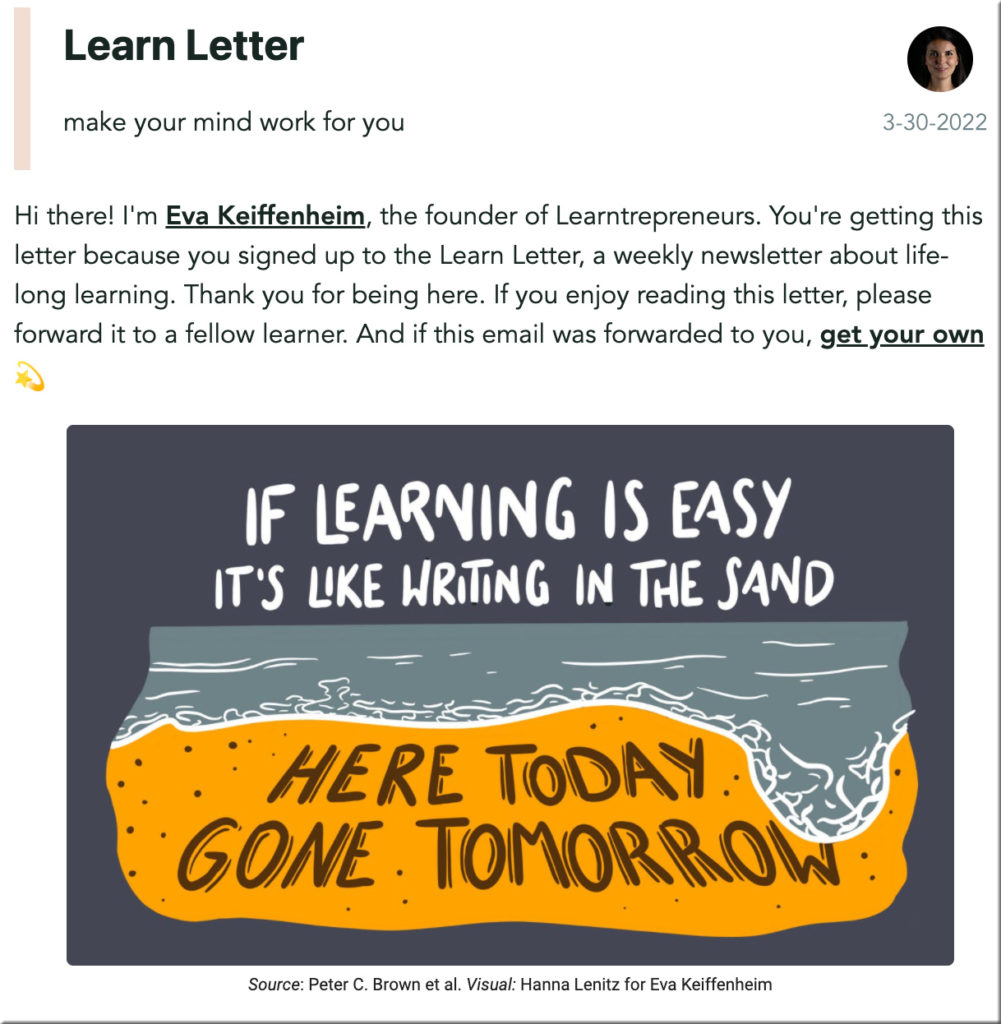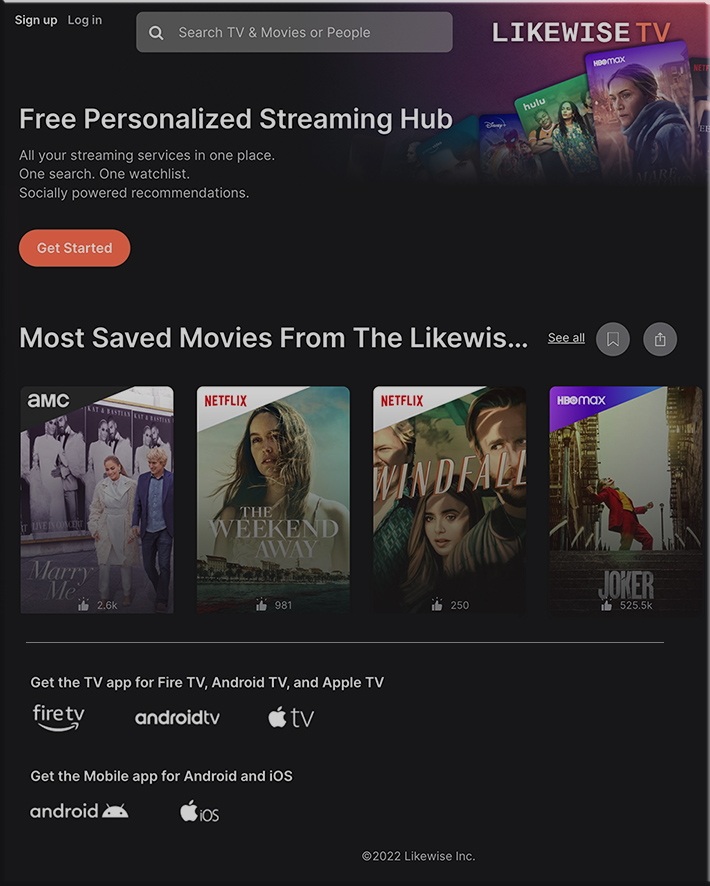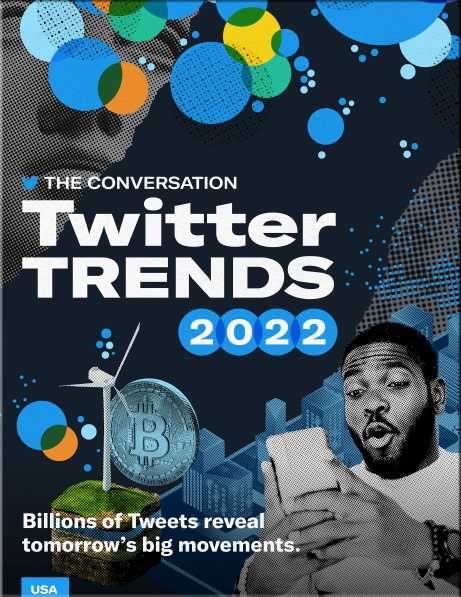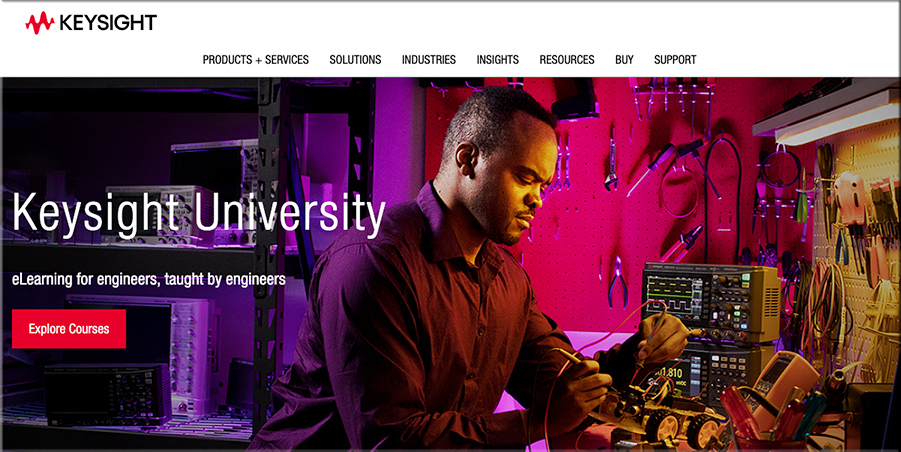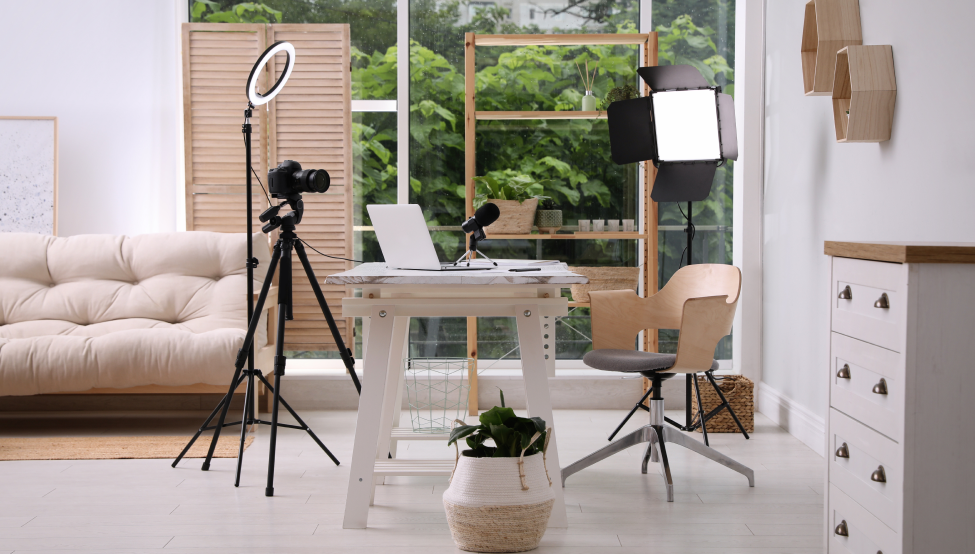From DSC:
Seeing the functionality in Freehand — it makes me once again think that we need to use more tools where faculty/staff/students can collaborate with each other REGARDLESS of where they’re coming in to partake in a learning experience (i.e., remotely or physically/locally). This is also true for trainers and employees, teachers and students, as well as in virtual tutoring types of situations. We need tools that offer functionalities that go beyond screen sharing in order to collaborate, design, present, discuss, and create things. (more…)
Innovative and practical applications of the metaverse — from mckinsey.com
In this episode of the At the Edge podcast, McKinsey expert Richard Ward speaks with McKinsey’s Mina Alaghband.
Excerpts:
One of the things that we’ve learned during the pandemic is that if you put these metaverse design rooms up on the internet, your clients and other expert engineers can log in remotely, and the experience takes on the quality of Zoom in 3-D, which allows a new level of engineering to happen. The beauty of it is that people are able to do highly productive engineering design work without getting on an airplane. And that has a lot of rollover value for what we’re doing long term.
One of the great lessons we’ve had from the pandemic, as horrible as it’s been, is that things that people had said were impossible for decades are now possible. Like the idea that you can’t possibly have everybody not be in the office—it’s been proven wrong.
Also relevant/see:
- What is the metaverse—and what does it mean for business? — from mckinsey.com by Cathy Hackl
Subject: Race on Campus: Pronouncing Students’ Names Correctly Is Important. Here’s How. — from chronicle.com by Fernanda Zamudio-Suarez
Excerpt:
When the pandemic moved classes online, Kohli said, platforms like Zoom helped the name-pronunciation process. On Zoom, users can change the way their name is displayed and include a phonetic spelling, making it simpler for everyone to get names right.
If the class is in person, Kohli says modeling behavior after the Zoom interface and asking students how their names are pronounced and how they’d like to be addressed.
For in-person classes, look at your roster ahead of time, Baker-Brown said. If you see a name you don’t recognize, break up the syllables and sound it out.
Then, practice. Repeat it until you get it right, and saying the name becomes second nature.
From DSC:
One other idea that I’m sure is out there, but it needs to be more commonly implemented:
- Each learner should be able to record their name in the CMS/LMS for others to hear how their name is pronounced
#Canvas #Moodle #Blackboard #D2L #edtech #corporatetraining #L&D #vocationalprograms #K12 #HigherEducation
10 Books Of Visual Ideas (from 2006 to 2012) — from theelearningcoach.com by Connie Malamed
Explanatory, Information and Data Visualization Graphics
Excerpt:
When the importance of visualization became popularized, an explosion of books were published for those who were hungry to understand and appreciate this graphic format. It was an obvious win for practitioners who were trying to improve communication and understanding. These books also served as inspiration for people who were needed visual ideas on demand, like instructional designers.
So that we don’t lose the value of these older books, I’m republishing this article listing ten compelling books from the early days of visualization: 2006 to 2012. The one exception, is Tufte’s book from 1990. I recommend these books for visual examples and for inspiring ways to visualize concepts, statistics and data. They are also a part of our graphic design history.
The list is organized into two categories. Books that feature explanatory graphics and those that portray information graphics and visualizations.
The University in Ruins — from chronicle.com by Johann N. Neem
The “innovations” that promise to save higher ed are a farce.
From DSC:
First of all, I appreciated Johann Neem mentioning and/or discussing several books in one posting:
- Ronald G. Musto’s The Attack on Higher Education (2021)
- Arthur Levine’s and Scott J. Van Pelt’s The Great Upheaval (2021)
- Bill Readings’ The University in Ruins (1996)
- Ronald J. Daniels’ What Universities Owe Democracy (2021)
And as a disclosure here, I have not read those books.
Below are excerpts with some of my comments:
It’s already happening. Today, we walk among the ruins of an institution that once had a larger purpose. It’s not clear what role universities should play in society, and to what or to whom they are accountable, other than their corporate interests.
To some, that’s not a problem, at least according to Arthur Levine and Scott J. Van Pelt in The Great Upheaval (2021). They see higher education undergoing the same transformation that reshaped the music, film, and newspaper industries. Rather than place-based education overseen by tenured professors, they anticipate “the rise of anytime, anyplace, consumer-driven content and source agnostic, unbundled, personalized education paid for by subscription.”
Between Musto’s existential fears of disruption and Levine and Van Pelt’s embrace of it lies a third path. It takes the form of a wager — outlined by Ronald J. Daniels in What Universities Owe Democracy (2021) — that universities can and should continue to matter because of their importance in civic democratic life.
The article covers how the learning ecosystems within higher education have morphed from their religious roots to being an apparatus of the nation-state to then becoming a relatively independent bureaucratic system to other things and to where we are today.
Along the journey discussing these things, one of the things that caught my eye was this statement:
Hopkins, in this sense, lived up to its founding president Daniel Coit Gilman’s 19th-century aspiration that universities be places that acquire, conserve, refine, and distribute knowledge.
From DSC:
While I completely agree with that aspiration, I think more institutions of higher education could follow what John Hopkins University did with their efforts concerning the Covid-19 situation, as Neem mentioned. Generally speaking, institutions of higher education are not distributing knowledge to the levels that Gilman envisioned years ago.
In fact, these days those working within K12 are doing a whole lot better at sharing information with society than those who work within higher education are. For example, when I search Twitter for K12 educators who share content on Twitter, they are out there all over the place — and many with tens of thousands of followers. They share information with parents, families, fellow educators, students, school boards, and others. Yet this is not the case for those working in higher education. Faculty members normally:
- aren’t out on Twitter
- don’t blog
- don’t have a podcast
- don’t write for society at large. Instead, their expertise is often locked up — existing behind paywalls in academic journals. In other words, they talk to each other.
Later on…
As Daniels intuits, without a larger purpose to hold them fast, there is nothing to prevent universities from being buffeted by winds until they have lost direction. That is what Readings foresaw: Globalization liberates universities from national fetters, but at the risk of ruin.
From DSC:
While globalization may have something to do with universities becoming unanchored from their original purposes, globalization isn’t at the top of my mind when I reflect upon what’s been happening with colleges and universities these last few decades.
To see but one area of massive change, let’s take a brief look at college sports. There are now multimillion-dollar stadium projects, enormous coaches’ salaries, and numerous situations where tax-paying citizens can’t even watch sporting events without tons of advertisements being thrown into their faces every few seconds. Personally speaking, on numerous occasions, I couldn’t even access the games at all — as I wasn’t paying for the subscriptions to the appropriate providers.
Also, as another example of becoming anchored — and going back to the 1980’s — I attended Northwestern University for my undergraduate degree in Economics. While I have several wonderful lifelong friends from that experience for whom I’m deeply grateful, even back then NU had already moved far away from its motto which is based on Philippians 4:8.
Instead, please allow me to tell you what that learning community taught me and strongly encouraged me to think about:
- You are only successful if you have the corner office, drive the higher numbered BMW’s, and have many people reporting to you.
- If you make a lot of money.
- You are supposed to compete against others vs. being in relationships with others. As but one example here, our test scores were published — by our Social Security numbers — outside our professors’ offices for all to see how we measured up to our classmates.
In fact, I’m not even sure that I would use the word “community” at all when I reflect upon my years at Northwestern. Instead, a WIIFM approach was encouraged (i.e., What’s In It For Me? where you are supposed to look out for #1). It took me years to unlearn some of those “lessons” and “learnings.”
But I realize that that’s not the case with all learning communities.
As Neem alluded to, I love the idea that an institution of higher education can — and often does — impact students’ hearts as well as minds. That was the focus at Calvin College (now Calvin University). Our oldest daughter went there and she was profoundly and positively influenced by her experiences there. In that context, students were encouraged to be in relationships with one another. There was plenty of hugging, praying for one another, etc. going on in that setting. There truly was community there.
***
Neem doesn’t think much of Levine’s and Van Pelt’s perspectives. He claims there’s nothing new in their book. He seems to discard the arguments being made about the cost of higher ed and, like many others, clings to the intellectual roots/purpose of higher ed.
While I’m not against intellect or pursuing knowledge — in fact, I’m all for it — I just have a problem when the price of doing so continues to become out of reach for soooooo many people.
Personally, I’ve tried to lower the cost of obtaining a degree within higher education for many years…but I was/we were only successful in doing so for a few years (and that was during a pilot of online-based learning). Yohan Na and I created the graphic below in 2008 for example — as I was trying to raise awareness of the dangers of the status quo:
.
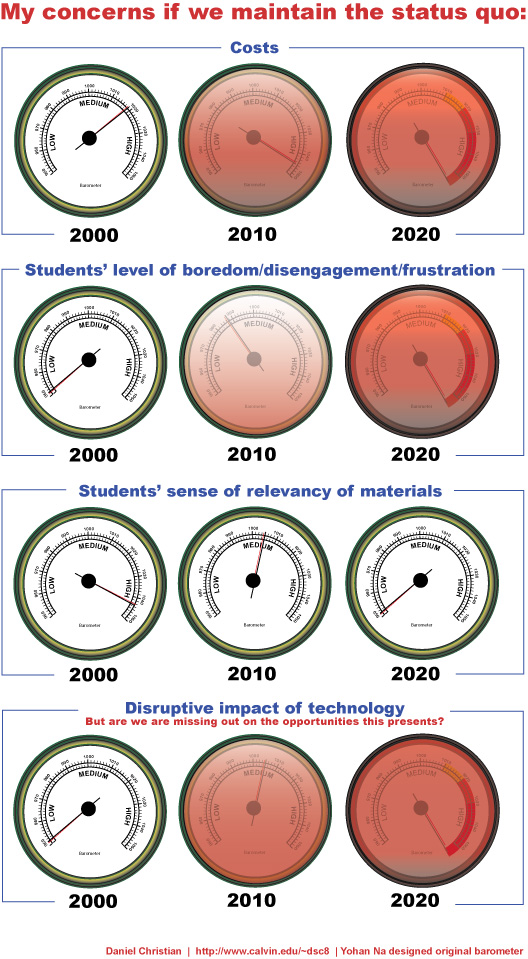
.
So from a cost/access perspective, Levine’s and Van Pelt’s perspectives here sound pretty good to me. It appears to be much more affordable and realistic for the masses. Otherwise, the image/reality of the ivory tower is maintained…allowing “intellectuals” to continue to live and operate within their own sphere/hive/tribe.
Also, we need an AI-backed system of presenting which skills are needed and then how to get them. The ways things are set up today, institutions of traditional higher education have not been able to deal with the current pace of change out there.
As a final comment here…
The changing directions/purposes of institutions of higher education present a good example of why I entitled this blog Learning Ecosystems — as the systems that we use to learn and grow in are constantly morphing:
- People come and go
- Tools and vendors come and go
- Purposes, focuses, and/or mission statements change
- Our sources of information (i.e., our streams of content) come and go
- Etc.
Excerpt:
While studying I misjudged the depth of my knowledge. I confused familiarity with knowing.
When you passively consume information like reading books or watching courses and things start to make sense we often tell ourselves: “Oh, easy. I understand this. Got it.”
But it’s wrong to think you can access something from your memory if you can recognize it.
Likewise TV Brings Curation to Streaming — from lifewire.com by Cesar Aroldo-Cadenas
And it’s available on iOS, Android, and some smart TVs
All your streaming services in one place. One search. One watchlist. Socially powered recommendations.
Entertainment startup Likewise has launched a new recommendations hub that pulls from all the different streaming platforms to give you personalized picks.
…
Likewise TV is a streaming hub powered by machine learning, people from the Likewise community, and other streaming services. The service aims to do away with mindlessly scrolling through a menu, looking for something to watch, or jumping from one app to another by providing a single location for recommendations.
…
Note that Likewise TV is purely an aggregator.
Also see:
From DSC:
Now we need this type of AI-based recommendation engine, aggregator, and service for learning-related resources!
I realize that we have a long ways to go here — as a friend/former colleague of mine just reminded me that these recommendation engines often miss the mark. I’m just hoping that a recommendation engine like this could ingest our cloud-based learner profiles and our current goals and then present some promising learning-related possibilities for us. Especially if the following graphic is or will be the case in the future:
Here’s what I’ve learned about building skills and how skills shape your career.
A visual thread (1/11) ?1. Degrees don’t age well. Your current skills and skill level tell organizations more about your real value. pic.twitter.com/Z1edxrYAB1
— Jeff Kortenbosch ?? (@jeffkortenbosch) March 13, 2022
Also relevant/see:
- Samsung’s New M8 Monitor Combines Entertainment and Work — from lifewire.com by Cesar Cadenas
From DSC:
Some interesting/noteworthy features:
- “The 32- inch display has Wi-Fi capabilities to supports multiple streaming services, can stream smartphone content, and comes with a removable SlimFit Cam.”
- The M8 has Wi-Fi connectivity for its native streaming apps so you won’t have to connect to a computer to watch something on Netflix. And its Far Field Voice mic can be used w/ the Always On feature to control devices like Amazon Alexa with your voice, even if the monitor is off.
- “You can also connect devices to the monitor via the SmartThings Hub, which can be tracked with the official SmartThings app.”
I wonder how what we call the TV (or television) will continue to morph in the future.
Addendum on 3/31/22 from DSC:
Perhaps people will co-create their learning playlists…as is now possible with Spotify’s “Blend” feature:
Today’s Blend update allows you to share your personal Spotify playlists with your entire group chat—up to 10 users. You can manually invite these friends and family members to join you from in the app, then Spotify will create a playlist for you all to listen to using a mixture of everyone’s music preferences. Spotify will also create a special share card that everyone in the group can use to save and share the created playlist in the future.
From DSC:
Christin Bohnke raises a great and timely question out at edsurge.com in her article entitled:
Do We Really Want Academic Permanent Records to Live Forever on Blockchain?
Christin does a wonderful job of addressing the possibilities — but also the challenges — of using blockchain for educational/learning-related applications. She makes a great point that the time to look at this carefully is now:
Yet as much as unchangeable education records offer new chances, they also create new challenges. Setting personal and academic information in stone may actually counter the mission of education to help people evolve over time. The time to assess the benefits and drawbacks of blockchain technology is right now, before adoption in schools and universities is widespread.
As Christin mentions, blockchain technology can be used to store more than formal certification data. It could also store such informal certification data such as “research experience, individual projects and skills, mentoring or online learning.”
The keeping of extensive records via blockchain certainly raises numerous questions. Below are a few that come to my mind:
- Will this type of record-keeping help or hurt in terms of career development and moving to a different job?
- Will — or should — CMS/LMS vendors enable this type of feature/service in their products?
- Should credentials from the following sources be considered relevant?
- Microlearning-based streams of content
- Data from open courseware/courses
- Learning that we do via our Personal Learning Networks (PLNs) and social networks
- Learning that we get from alternatives such as bootcamps, coding schools, etc.
- Will the keeping of records impact the enjoyment of learning — or vice versa? Or will it depend upon the person?
- Will there be more choice, more control — or less so?
- To what (granular) level of competency-based education should we go? Or from project-based learning?
- Could instructional designers access learners’ profiles to provide more personalized learning experiences?
- …and I’m certain there are more questions than these.
All that said…
To me, the answers to these questions — and likely other questions as well — lie in:
- Giving a person a chance to learn, practice, and then demonstrate the required skills (regardless of the data the potential employer has access to)
. - Giving each user the right to own their own data — and to release it as they see fit. Each person should have the capability of managing their own information/data without having to have the skills of a software engineer or a database administrator. When something is written to a blockchain, there would be a field for who owns — and can administer — the data.
In the case of finding a good fit/job, a person could use a standardized interface to generate a URL that is sent out to a potential employer. That URL would be good for X days. The URL gives the potential employer the right to access whatever data has been made available to them. It could be full access, in which case the employer is able to run their own queries/searches on the data. Or the learner could restrict the potential employer’s reach to a more limited subset of data.
Visually, speaking:

I still have a lot more thinking to do about this, but that’s where I’m at as of today. Have a good one all!
The Conversation: Twitter Trends 2022 — from marketing.twitter.com
Excerpt:
Billions of Tweets reveal tomorrow’s big movements.
The biggest movements start quietly. An idea becomes conversation becomes a seismic cultural shift. And if you want in on what’s next, listen to what people on Twitter are saying right now.
To help you out, we analyzed1 billions of Tweets over a two-year period to find three must-know trends about to go big. From The Great Restoration to Fan-Built Worlds to Finance Goes Social, the talk on Twitter reveals the underlying shifts in power shaping where the world is going.
Universities reimagine teaching labs for a virtual future — from edtechmagazine.com by Renee Morad
Schools are replacing take-home lab kits with more advanced virtual options that allow students to access industry-grade equipment.
Excerpt:
Soon after, engineering professors at Morgan State began using more advanced virtual lab options, which allowed students to access industry-grade lab equipment. The students could use an oscilloscope, a digital multimeter, a power supply and a function generator. The students logged on remotely to a cloud-based platform and followed the instructor’s video feed to get real-time guidance and feedback.
As the global pandemic forced professors and department chairs to adapt to a new learning frontier, it shined a spotlight on new methods to remotely replicate the in-person lab experience. It shifted the university lab from a traditional learning center to a futuristic innovation hub.
From DSC:
Also interesting here, see:
Also relevant here, see:
- U San Diego Nursing Students to Learn Clinical Skills in VR — from campustechnology.com by Rhea Kelly
Excerpt:
The University of San Diego is rolling out virtual reality technology in its nursing curriculum to help prepare students for real-world clinical scenarios. The VR tools will enable students to learn and practice clinical skills in a low-risk setting, as well as reduce their anxiety when interacting with live patients, according to a news announcement.
Best from the brightest: Key ideas & insights for L&P Professionals — from tier1performance.com by Will Thalheimer; with thanks to Christy Tucker for this resource
Gather your learning and performance team together, share conversations with your friends in the field—this trove of gold from 2021 is the bedrock for our evolving and improving work in 2022.
To help fight our FOMO (fear of missing out), I’ve asked 48 thought leaders in the L&P field to share their favorite content from 2021—stuff they created or were involved in, ideas they think are critically important to folks like you and me as L&P professionals. They shared articles, blog posts, podcast episodes, videos, and eLearnings. They also shared their recommendations for other thought leaders and other content—and the most important trends impacting our work for 2022.
I looked at every one of their recommendations and I am blown away by the insights you’ll find in the content shared below. This is a formidable treasure trove from some of the best minds in our field.
Will Thalheimer
Hybrid learning for hybrid jobs: Reskilling for the digital age — from chieflearningofficer.com by David Porcaro
Just as “hybrid jobs” have become “jobs,” the old definition of “hybrid learning” that mixes in-person and online experiences is fast becoming just “learning.” It’s incumbent on employers, training providers and learners themselves to ensure that as we navigate that shift, we’re building a more meaningful and productive learning experience in the process.
What would happen if we reimagined hybrid learning as “learning that equips workers for hybrid jobs,” and built a new approach from there? That’s the question we’ve been working to answer at General Assembly, where our work with employers across a range of fields — from the tech industry to retail and manufacturing — has helped us understand what it takes for learners to be successful in the digital age. Our learning philosophy focuses on four key goals, which could form the building blocks of a new definition of hybrid learning.
Also relevant/see:
Leveraging experiential learning in a hybrid world — from chieflearningofficer.com by George Hallenbeck
The disruption brought on by the shift to hybrid work provides excellent opportunities for experiential learning. By balancing intentionality with support and maximizing the quantity, quality and diversity of learning experiences, both organizations and individual leaders can adapt and thrive in this new era of work.
Web Accessibility on a Budget: How to Get Started for Free or Little Cost — from boia.org
Excerpt:
How to improve web accessibility for little to no cost:
- Get a free accessibility assessment.
- Learn what accessibility updates you can make yourself.
- Use free assistive technology and accessibility tools.
- Read content and continue learning from the accessibility community.
- Publish an accessibility statement.
- Create a long-term plan to full accessibility compliance.
Also related/see: The #accessibilityChecker hashtag on Twitter.
The best lighting for video conferencing, according to experts— from blog.webex.com
Contents:
- What is the best lighting for video conferencing?
- Where should the light be for a video call?
- What kind of lighting is best for video meetings?
- What are the best lighting products for a video conference?
- What is the best lighting for video conferencing on-the-go?
- Good lighting means good communication:
How Art Class Became a Rare Bright Spot for Students and Families During the Pandemic — from edsurge.com by Daniel Lempres
Excerpt:
When schools went remote two years ago, the National Art Education Association (NAEA) was quick to offer guidance on how best to reach students who have experienced trauma. They offered strategies for remote learning, as well as mental and emotional wellbeing.
Now more than ever, art educators must employ the tenets of social emotional learning, the NAEA says. In a recent report, the association recommended trauma-informed teaching strategies to promote mental health through self-expression—for their students’ sake and their own.
But with asynchronous lessons and virtual events, the amount of parental participation skyrocketed, she says.









